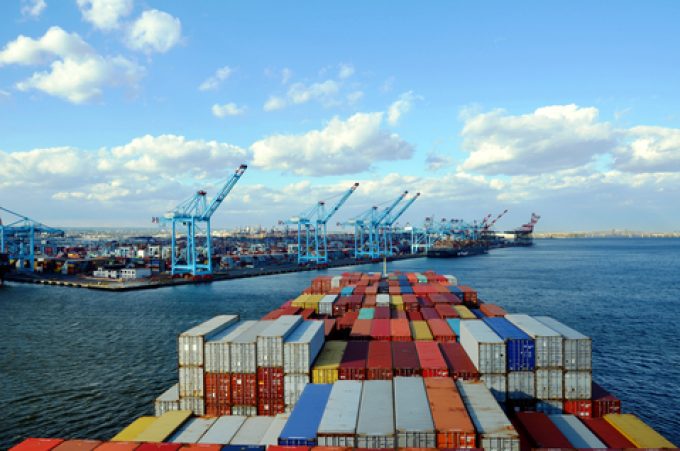Gemini Cooperation carriers steam ahead of rivals in reliability stakes
Ocean carriers “need a big nudge” to get their global on-time performance (OTP) back to ...

Container shipping costs and service levels are at risk of spiralling out of control, according to Drewry.
As well as a massive withdrawal of capacity since the start of the Covid-19 crisis – 468 blanked departures on east-west trades – the analyst said schedule reliability had ...

Comment on this article